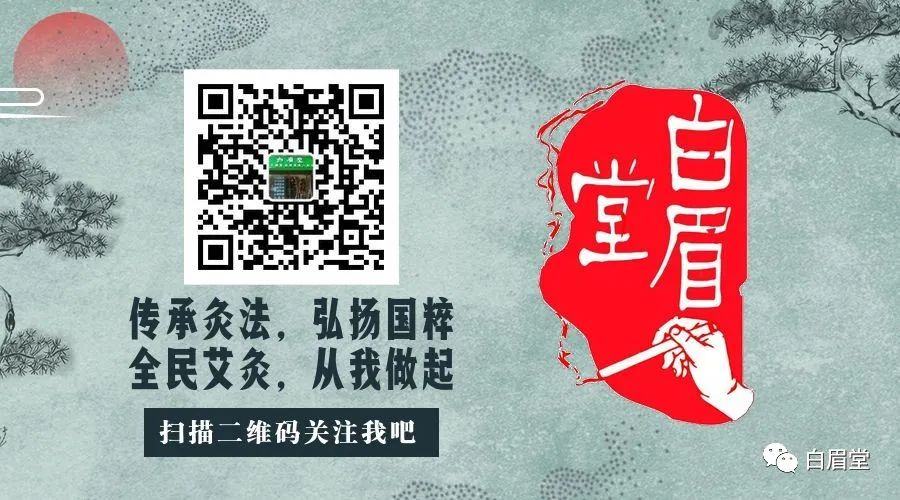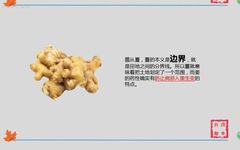Overview
Gan Jiang (干姜) refers to the dried rhizome of the ginger plant (Zingiber officinale). The best quality is characterized by a firm texture, a yellowish-white cross-section, a strong aroma, and a sufficient powdery consistency.
In ancient China, the famous physician Tao Hongjing mentioned Gan Jiang: “For making Gan Jiang: soak in water for three days, remove the skin, place it in running water for six days, then remove the skin again, and finally dry it in the sun. Place it in a porcelain jar for fermentation for three days, and it will be ready.“
Li Shizhen also stated: “Gan Jiang is made from mother ginger, and the white, firm ones are the best. It is suitable for medicinal use and should be soaked. It has a pungent taste, is hot in nature, and enters the Stomach, Heart, Lung, Spleen, and Kidney meridians.“
Gan Jiang has the effect of strengthening the Spleen and stopping diarrhea, used for abdominal pain and diarrhea caused by Spleen Yang deficiency, diarrhea due to cold in the Spleen and Stomach, chronic enteritis, and chronic gastritis. It also has the function of reviving Yang and unblocking the meridians, used for cold limbs and weak pulse in Yang collapse syndrome. Additionally, it can transform phlegm and stop cough, used for cough and wheezing with cold body and abundant clear phlegm.
Gan Jiang can stimulate digestion, enhance appetite, invigorate the central nervous system, promote blood circulation, and increase cardiac vitality.
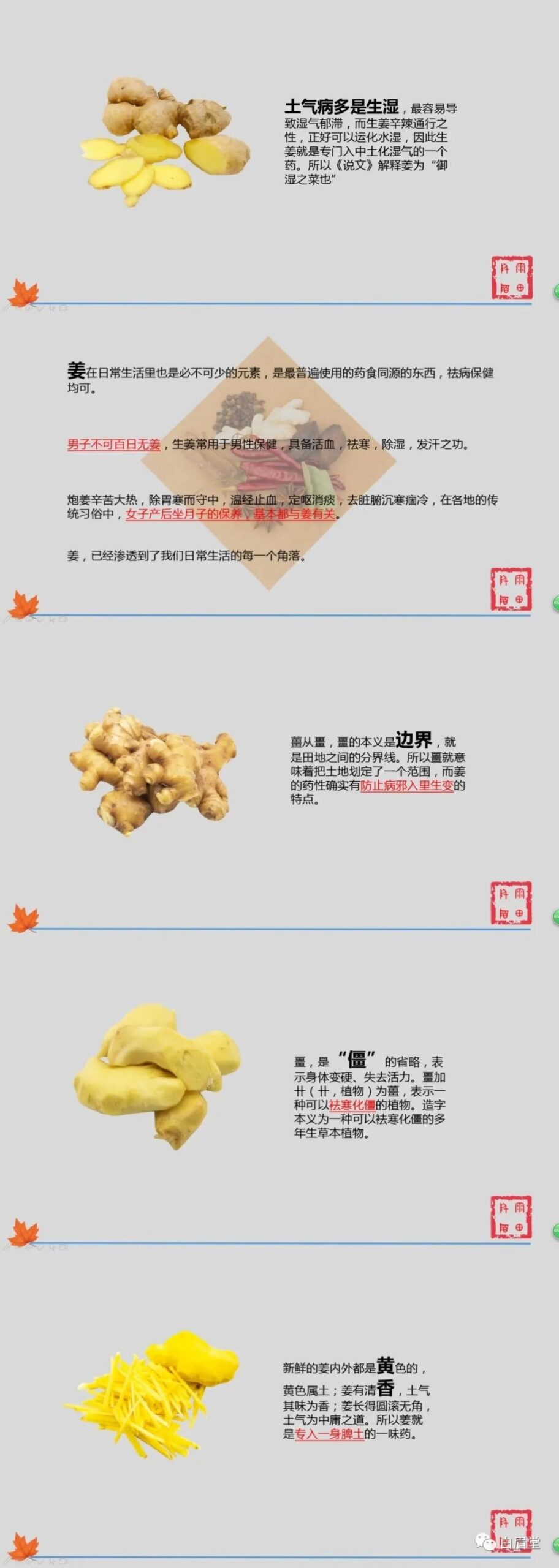


The Story of Gan Jiang
The famous physician Wu Jutong from the Qing Dynasty, born in Huai’an during the Qianlong and Daoguang eras, was an outstanding scholar in the field of warm disease theory in Traditional Chinese Medicine (TCM). His contributions to TCM include innovations in legislation and theoretical improvements, especially in the treatment of warm diseases. His theoretical developments and numerous prescriptions have further refined the basic treatment methods for exogenous diseases and febrile diseases in TCM.
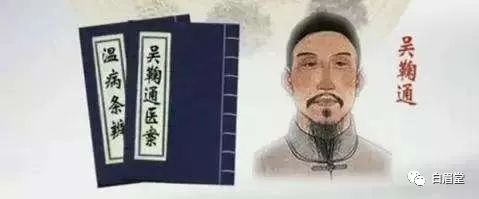
One day, it is said that Wu Jutong went out and saw a crowd gathered by the roadside. Upon closer inspection, he found a village woman who was pale and unconscious on the ground. Wu Jutong quickly pushed through the crowd and inquired about the situation. From her husband, he learned that the woman had been suffering from diarrhea for several days and suddenly fainted that morning. They had already sought help from the local doctor, but to no avail. Wu Jutong approached and felt her limbs were cold as a corpse, and her pulse was weak and almost undetectable, indicating she was close to death. In a state of urgency, without any needles or medicine, he remembered he had a piece of ginger on him, so he took it out and instructed her husband to boil it into a decoction for her to drink. After consuming the ginger soup, within a short time, she slowly opened her eyes, her limbs gradually warmed up, and soon she was able to sit up. The onlookers were amazed and praised, asking what this miraculous medicine was. In fact, the piece of ginger Wu Jutong had was just a common piece of dried ginger.
If a patient has insufficient Yang Qi in the Spleen and Stomach, and excessively consumes cold drinks or watermelon in summer, leading to coldness in the Spleen and Stomach and abdominal pain, or if they get chilled from walking in the rain on a cold day, the cold can invade the body. In such cases, Gan Jiang can warm the middle and restore the body’s warmth, allowing for quick recovery.Therefore, Gan Jiang has the function of warming the middle and dispersing cold.
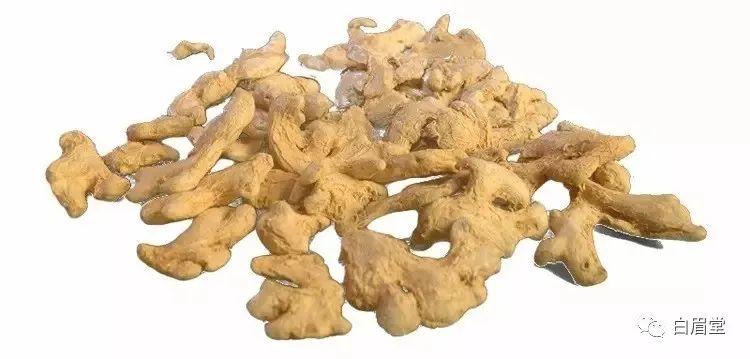
TCM believes that Gan Jiang has a pungent taste and is hot in nature; it enters the Lung, Spleen, Heart, and Stomach meridians. It can warm the middle and revive Yang, warm the lungs and transform phlegm, and can treat various symptoms such as stomach cold pain, lung cold cough, and cold-induced fainting. When treating diseases, a typical dosage is 3–10g, decocted in water for drinking; it is contraindicated for pregnant women.
The Effects and Functions of Gan Jiang
Warming the Middle and Dispelling Cold Used for cold syndrome of the Spleen and Stomach, with symptoms of cold pain in the abdomen, vomiting, and diarrhea. This herb is pungent, hot, and dry, primarily entering the Spleen and Stomach, excelling in warming the middle and dispelling cold, and invigorating Spleen Yang. It is suitable for all cold syndromes of the Spleen and Stomach, whether due to external cold invasion or Yang deficiency. If there is cold vomiting, abdominal pain, it is often paired with Gao Liang Jiang (高良姜) as in Er Jiang Wan (二姜丸). If there is Spleen and Stomach Yang deficiency with cold abdominal pain, vomiting, and diarrhea, it is often combined with Dang Shen (党参), Bai Zhu (白术), etc., as in Li Zhong Wan (理中丸).Reviving Yang and Unblocking the Meridians Used for Yang collapse syndrome. Gan Jiang primarily enters the Heart meridian, can invigorate the Yang Qi of the Heart, and improve symptoms of weak pulse and impending collapse, hence it is called reviving Yang and unblocking the meridians. This herb is pungent and hot, capable of reviving Yang and unblocking the meridians. Therefore, it can treat Yang deficiency of the Heart and Kidney, and cold Yin excess leading to Yang collapse and cold limbs, often combined with Fu Zi (附子) as in Si Ni Tang (四逆汤).Warming the Lungs and Transforming Phlegm Used for cough with phlegm due to lung cold, similar to Sheng Jiang (生姜), but with a stronger effect. Both Gan Jiang and Sheng Jiang can warm the middle, but Gan Jiang is stronger than Sheng Jiang in warming the lungs and transforming phlegm. Sheng Jiang is better at stopping vomiting, while Gan Jiang is better at reviving Yang and unblocking the meridians, used for Yang collapse syndrome as an auxiliary herb. It is used for phlegm accumulation in the lungs, presenting with cough, wheezing, cold body, and abundant clear phlegm. This herb can warm and disperse lung cold and transform phlegm. It is often used with Ma Huang (麻黄), Xi Xin (细辛), Wu Wei Zi (五味子), etc., as in Xiao Qing Long Tang (小青龙汤).Warming the Channels and Stopping Bleeding Used for bleeding due to cold deficiency, such as vomiting blood, blood in stool, and excessive menstrual bleeding. It can be used with other hemostatic herbs or alone, with dry-fried Gan Jiang ground into powder and taken with rice soup.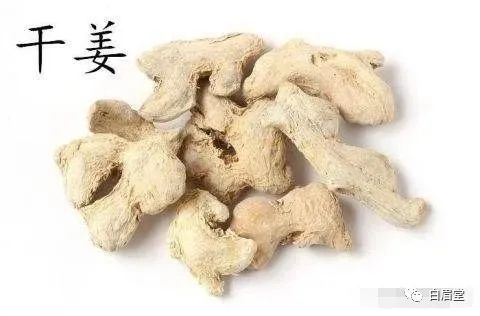
Is Gan Jiang just dried Sheng Jiang?
Gan Jiang and Sheng Jiang indeed come from the same plant and are derived from the same medicinal part, the rhizome. However, Gan Jiang is not simply dried Sheng Jiang.
As early as the time of Tao Hongjing, it was believed that Gan Jiang was not just dried Sheng Jiang. He stated: “In Sichuan, there is good ginger, and in Jingzhou, there is also good ginger, but neither can be made into Gan Jiang.” Li Shizhen in the Ming Dynasty also compared Gan Jiang, Sheng Jiang, and dried Sheng Jiang, listing them as three different medicines in the “Compendium of Materia Medica”.
Gan Jiang and Sheng Jiang are different cultivated varieties of the same plant. Sheng Jiang requires frequent earthing up during cultivation to cover it, as the medicinal part is the rhizome, which is a stem that tends to grow towards light. Therefore, it is continuously earthed up to promote growth, resulting in the tender and long rhizomes seen in the market, often referred to as “young ginger”. This is the fresh ginger we commonly use. In contrast, Gan Jiang is cultivated without earthing up, exposing the rhizome to sunlight, which prevents excessive growth and allows for the accumulation of internal components.
Sheng Jiang grows quickly, and its internal components do not accumulate sufficiently. If dried, it is very light and shrinks in size, thus cannot be used as Gan Jiang, only referred to as dried Sheng Jiang. Gan Jiang, due to its rich internal components, does not shrink much when dried, maintaining a heavy texture. The differences between Sheng Jiang and Gan Jiang are significant, not merely a matter of drying. Modern research has found that the chemical components of Sheng Jiang and Gan Jiang are not entirely the same, indicating that the differences are not just about moisture content but also about significant differences in efficacy.
To call Gan Jiang dried Sheng Jiang is a misunderstanding.
(What is Gan Jiang)Gan Jiang is warming to the Spleen, and strictly speaking, it is made from mother ginger, requiring the skin to be removed before drying to become Gan Jiang. The skin is removed because it disperses, while we use Gan Jiang for its warming and protective properties. Therefore, Gan Jiang is protective and does not disperse. In fact, anything with a thick flavor can generally be protective, and Gan Jiang has a rich flavor, allowing it to be both protective and dispersive. However, compared to Fu Zi, which is often used in combination with Gan Jiang, it better exemplifies the protective and non-dispersive nature of Gan Jiang.
The first effect of Gan Jiang is to warm the middle. As a warming herb, its primary function is to warm the middle burner. Any cold in the Spleen and Stomach, whether real or deficient cold, presenting as pain, distension, loss of appetite, indigestion, diarrhea, nausea, or vomiting, can be treated with Gan Jiang, but it should be used in combination.
The second effect of Gan Jiang is to revive Yang. It is often used in combination with Fu Zi to revive Yang and rescue from collapse. Gan Jiang primarily enters the Heart meridian, invigorating the Yang Qi of the Heart.
The third effect of Gan Jiang is to warm the lungs and transform phlegm, commonly used for cough and wheezing due to lung cold. For example, in Xiao Qing Long Tang, it is combined with Xi Xin to warm the lungs and transform phlegm. In Ling Gan Wu Wei Jiang Xin Tang, it is also used to treat cough and wheezing due to cold phlegm.

Gan Jiang Processing
Gan Jiang is the dried rhizome of the ginger plant (Zingiber officinale). In TCM theory, Gan Jiang has the effects of warming the middle, dispersing cold, reviving Yang, and transforming phlegm. There are many traditional processing methods for Gan Jiang, such as slicing, fire roasting, cleaning, carbonizing, juice processing, salting, steaming, stir-frying with earth, sand processing, child urine processing, and wine roasting.
Gan Jiang has various processing methods, including fire roasting without additives and methods with different additives. For example, the “Revised Zhenghe Compendium of Materia Medica” records “stir-fry until black and grind into powder,” while the “Annotated Women’s Good Recipes” records “Gan Jiang roasted black is black ginger.” In the methods with additives, licorice juice, Ba Dou (巴豆), ginger residue, earth yellow juice, stove heart soil, sand, child urine, and wine are used.
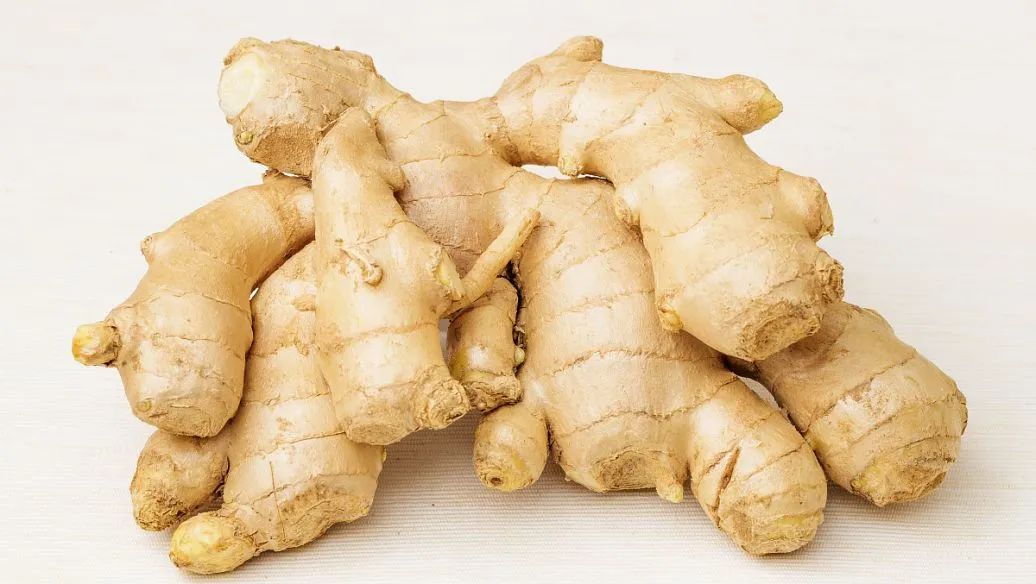
According to the “Pharmacopoeia of the People’s Republic of China,” the processed products of Gan Jiang include Gan Jiang, Jiang Tan (姜炭), and Pao Jiang (炮姜). The processing of Gan Jiang specifies: “Remove impurities, soak briefly, wash clean, moisten thoroughly, cut into thick slices or blocks, and dry. The product appears in irregular slices or blocks, with a thickness of 0.2–0.4cm.” The processing of Jiang Tan specifies: “Take Gan Jiang blocks, place in a hot pan, stir-fry until the surface is black and the inside is brown or to the specified degree, spray a little clean water to extinguish the fire, take out, and cool. For carbonization, place the processed product in a carbonization pot, seal, and heat to the required degree, then cool and take out. During carbonization, it should be ‘preserved’ and prevent ash formation, and avoid re-ignition.” The processing of Pao Jiang specifies: “Take Gan Jiang, stir-fry with clean river sand in a stir-frying container, heat with strong fire until smooth, add the product, and continuously stir until the surface is brown, take out, sift away the river sand, and cool.”
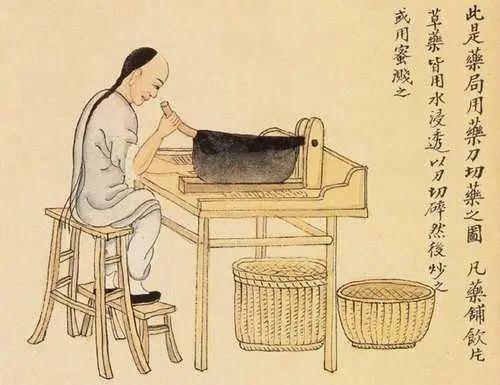
(Eating Ginger is Like Ginseng Soup)
Ginger has a pungent taste, is warm in nature, and enters the Lung and Spleen meridians, dispelling cold and warming the Stomach and intestines.
“A kitchen cannot be without ginger for a day,” as it removes fishy odors and stimulates appetite, ginger has its place in various kitchen applications. For instance, for those who suffer from motion sickness, placing a slice of fresh ginger on the Shenque point can immediately alleviate the discomfort; also, in the face of the current pandemic, the effects of (roasted) licorice and Gan Jiang soup have gained widespread acclaim across the country.
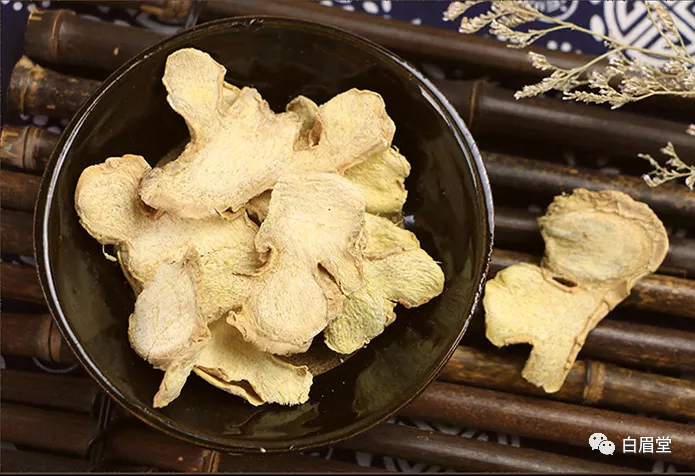
 (The Story of Ginger in Materia Medica China)
(The Story of Ginger in Materia Medica China)
The saying goes, “Eat radishes in winter and ginger in summer”. Is the ginger referred to here Sheng Jiang or Gan Jiang?Sheng Jiang is more commonly used in daily life, as it is not only a medicinal herb but also a seasoning. Sheng Jiang is slightly warm in nature, pungent in taste, and enters the Spleen, Lung, and Stomach meridians. Its main functions are to dispel cold, induce sweating, and it is more inclined to act on the exterior, effectively dispelling cold from the body when exposed to wind-cold pathogens. Of course, it also has the effects of warming the middle, stopping vomiting, transforming phlegm, and detoxifying fish and shrimp.
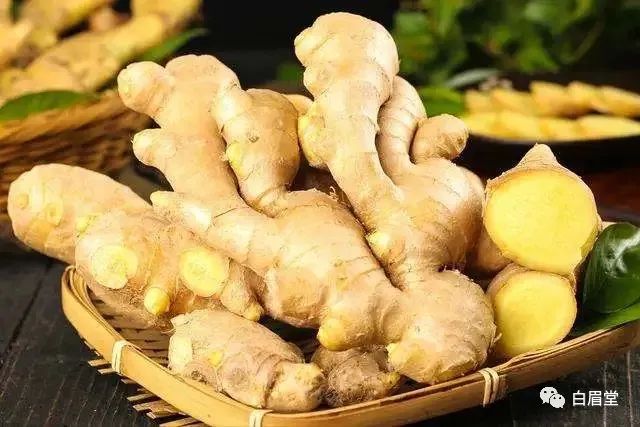
On the other hand, Gan Jiang is warm in nature, pungent in taste, and spicier than Sheng Jiang. “Old ginger is spicier.” It enters the Spleen, Stomach, Kidney, Heart, and Lung meridians, and its main functions are to warm the interior.
It is more inclined to act internally, effectively warming the middle, dispersing cold, warming the lungs, and invigorating Spleen Yang, making it the main herb for warming the middle burner. The ginger referred to in the saying “Eat radishes in winter and ginger in summer” is indeed Gan Jiang.

Due to the summer preference for cold foods and the passive exposure to air conditioning, many people experience cold in the stomach and intestines, with internal cold and external heat. In such cases, it is suitable to consume some Gan Jiang!
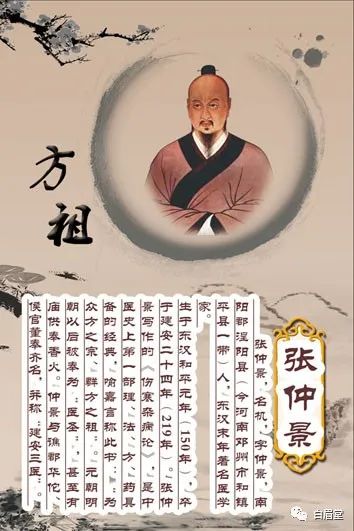
○ Some images and texts are sourced from the internet, and the copyright belongs to the original author. ○
○ If there is any infringement, please contact for deletion. ○
